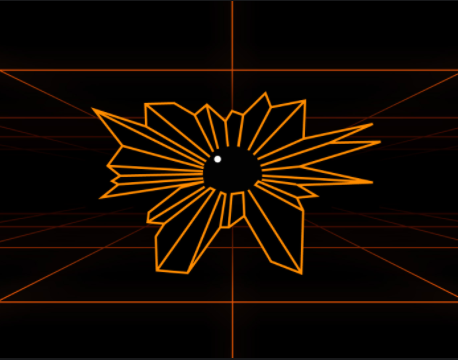

I’m still early enough in that if something’s wrong or not ideal about the config, I can go scorched earth and have the whole thing back up and running in an hour or two.
Is there a better filesystem that I could share out for this kind of thing? My RAID Array is run through OpenMediaVault if that helps.







So CosmOS does run through Compose files, but it makes them on the fly and gives you a moment before runtime to review it and make any changes.
Am I understanding right that your idea here is to put the Volumes on the NFS share and run through that, as opposed to having the data outside of a Volume just sitting on an NFS Mount?